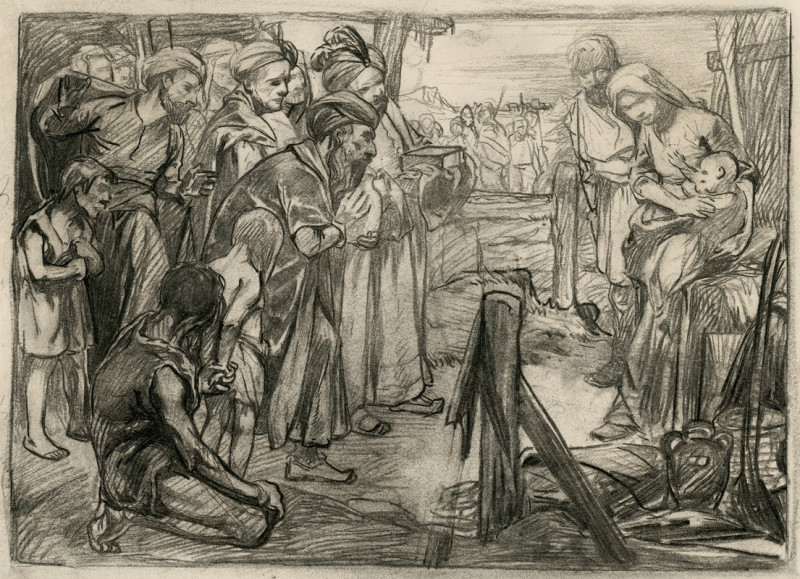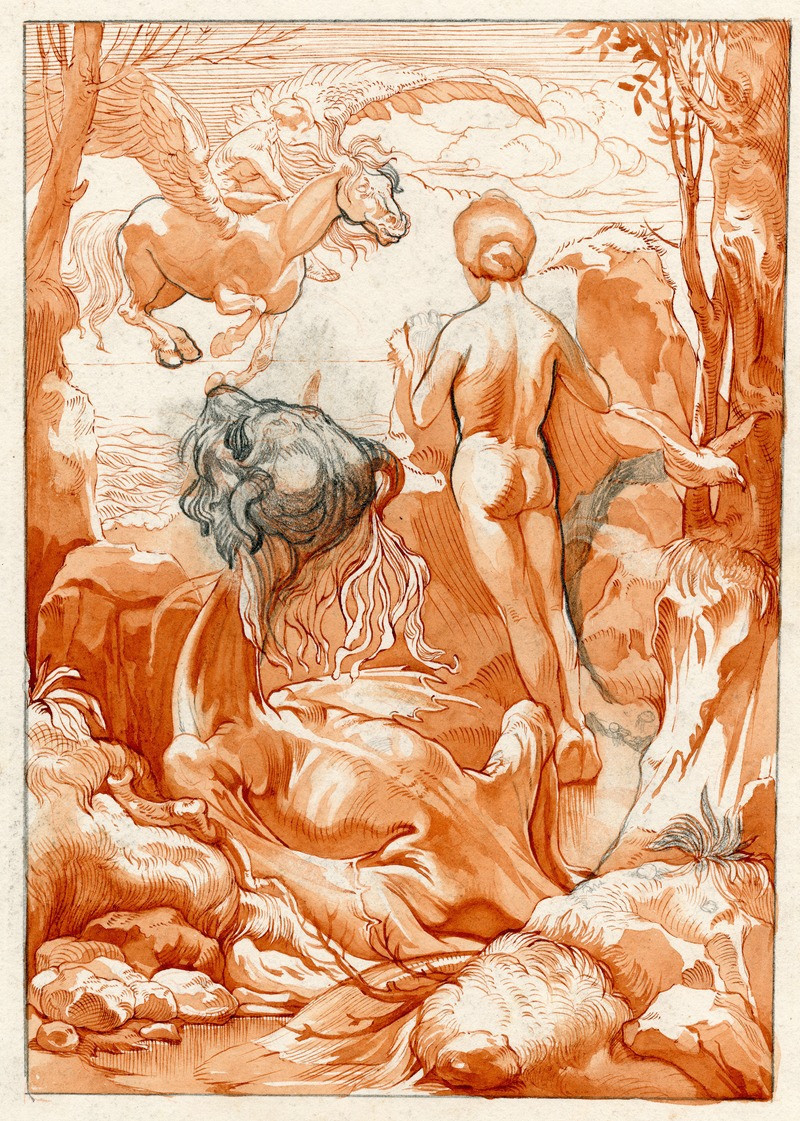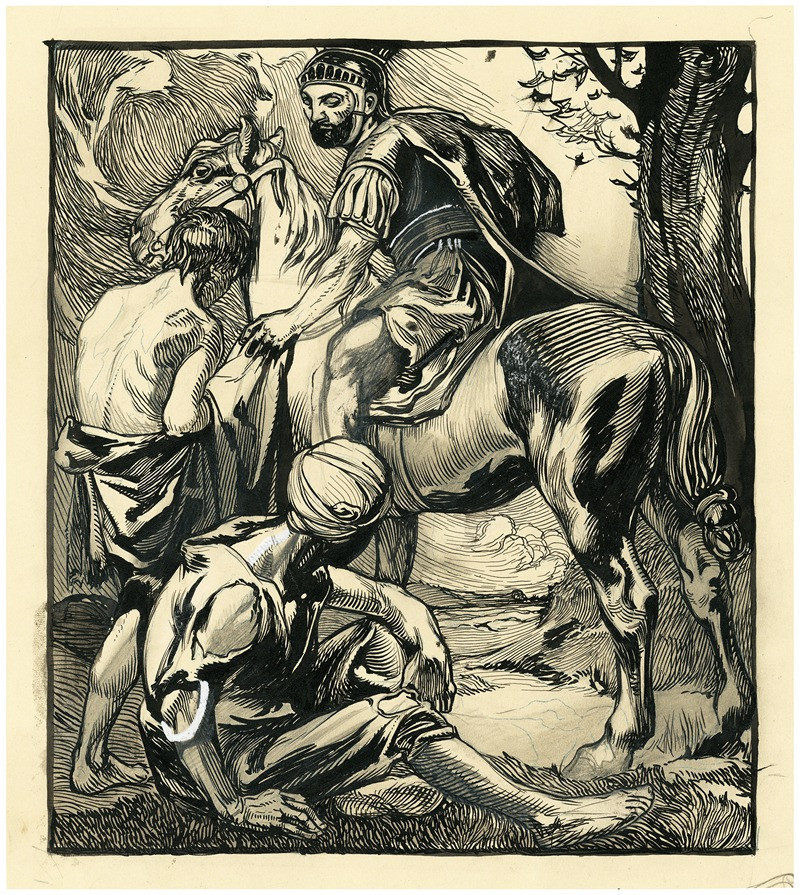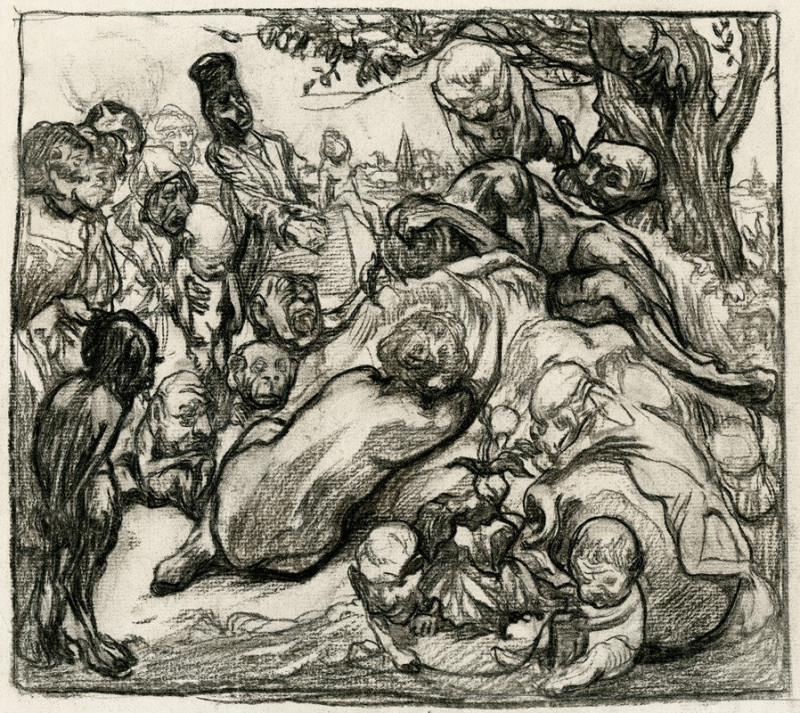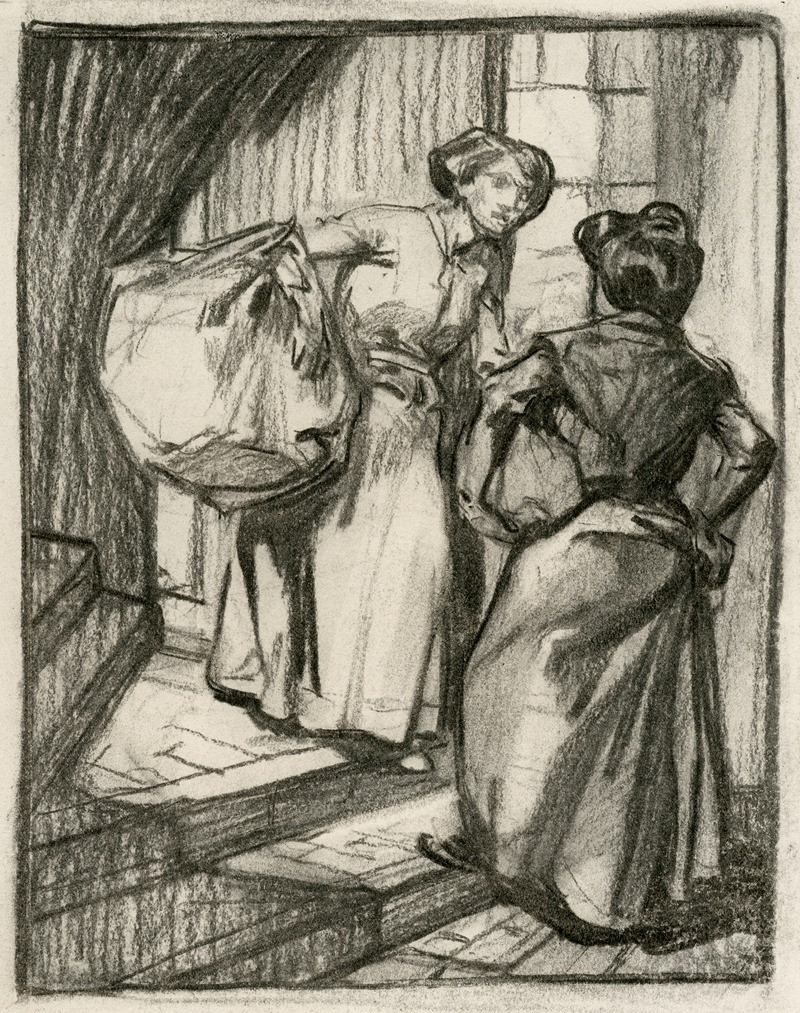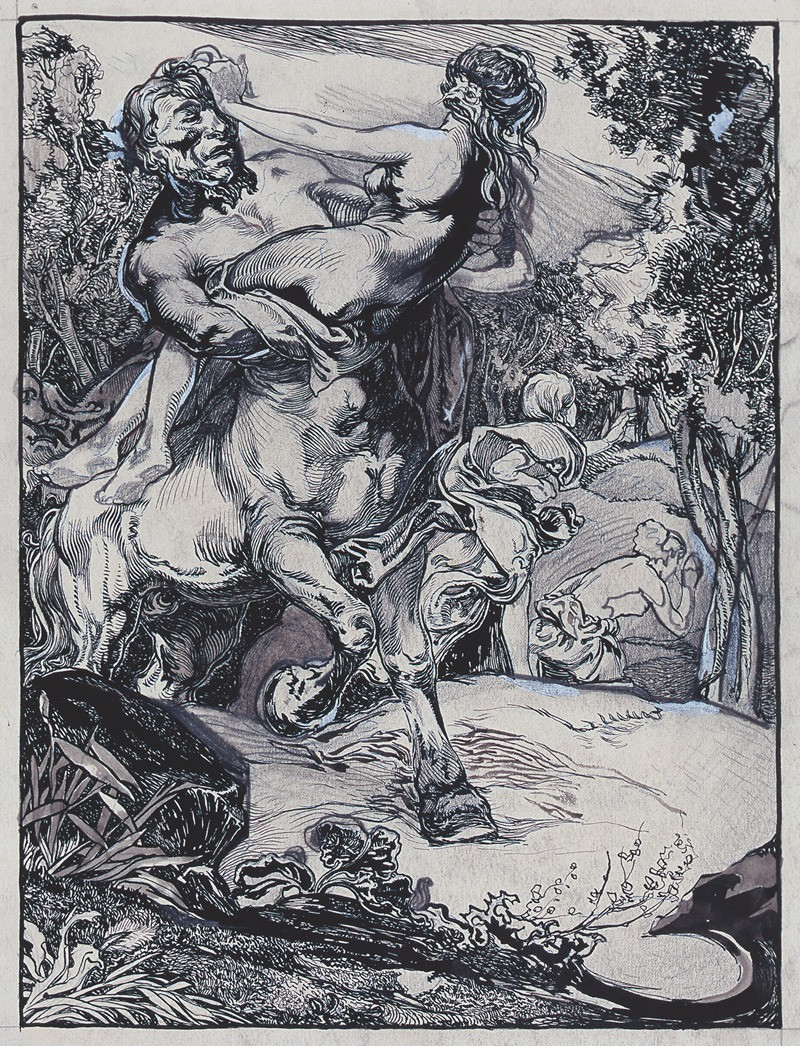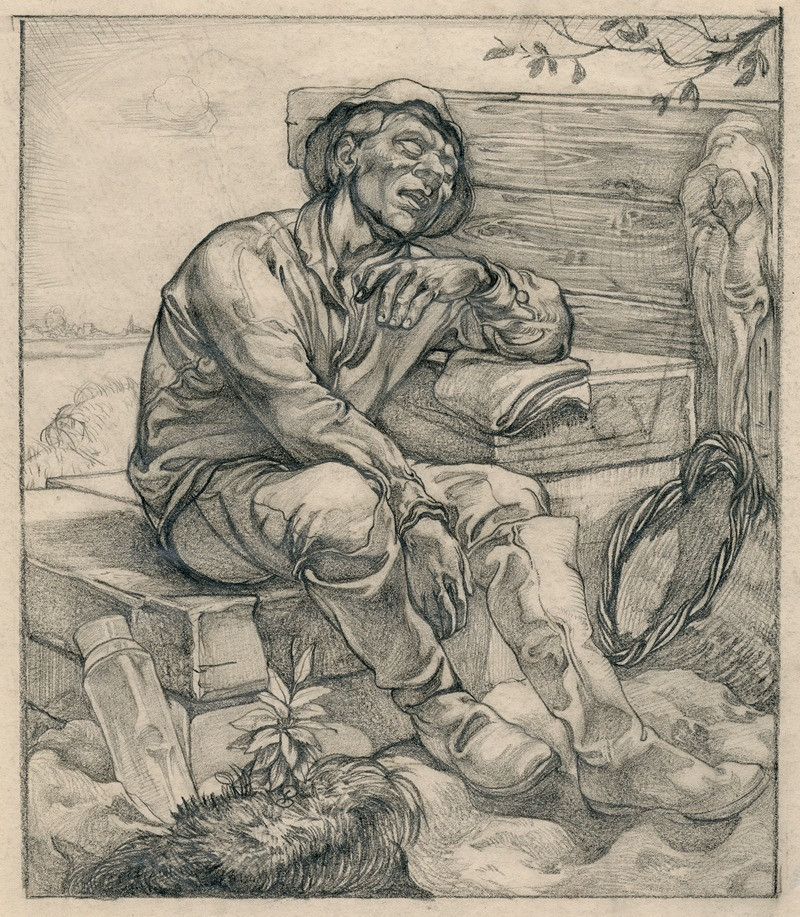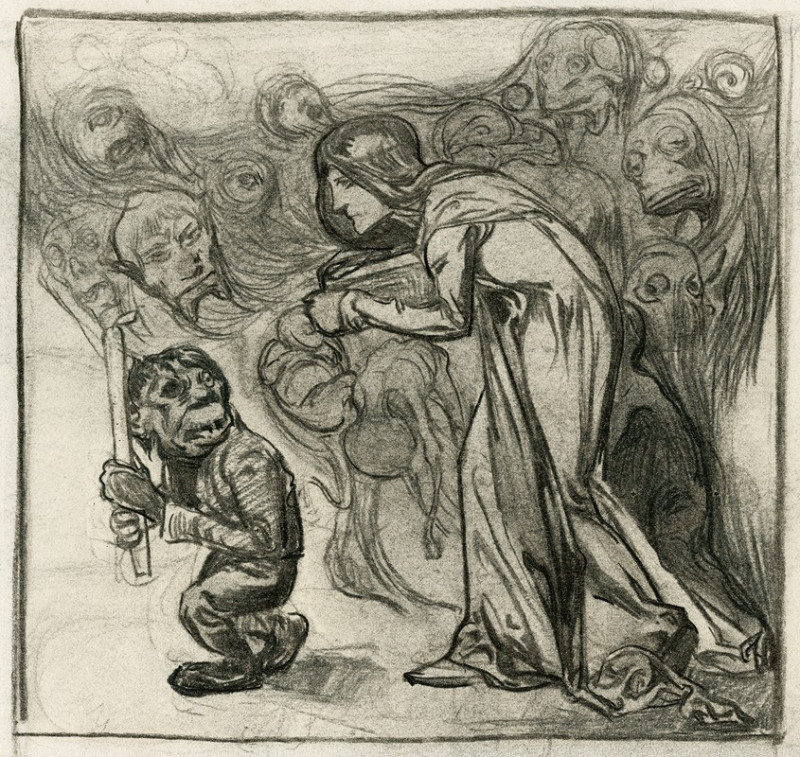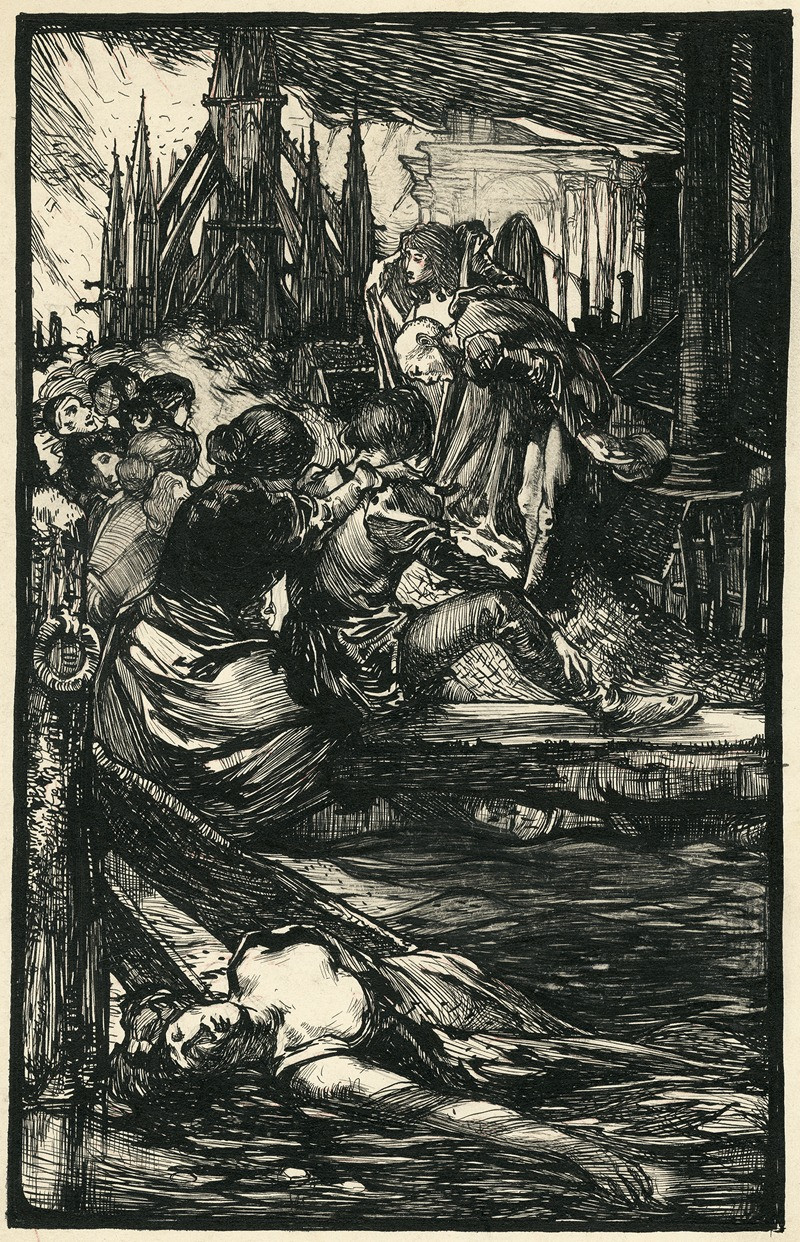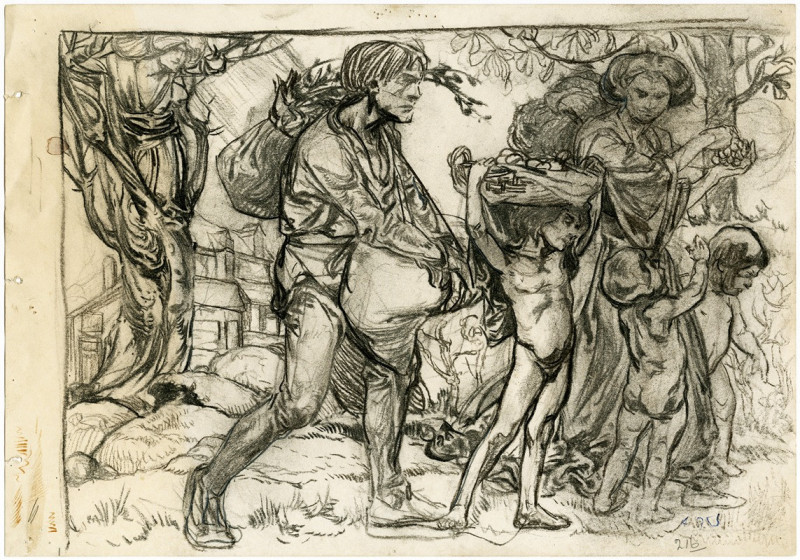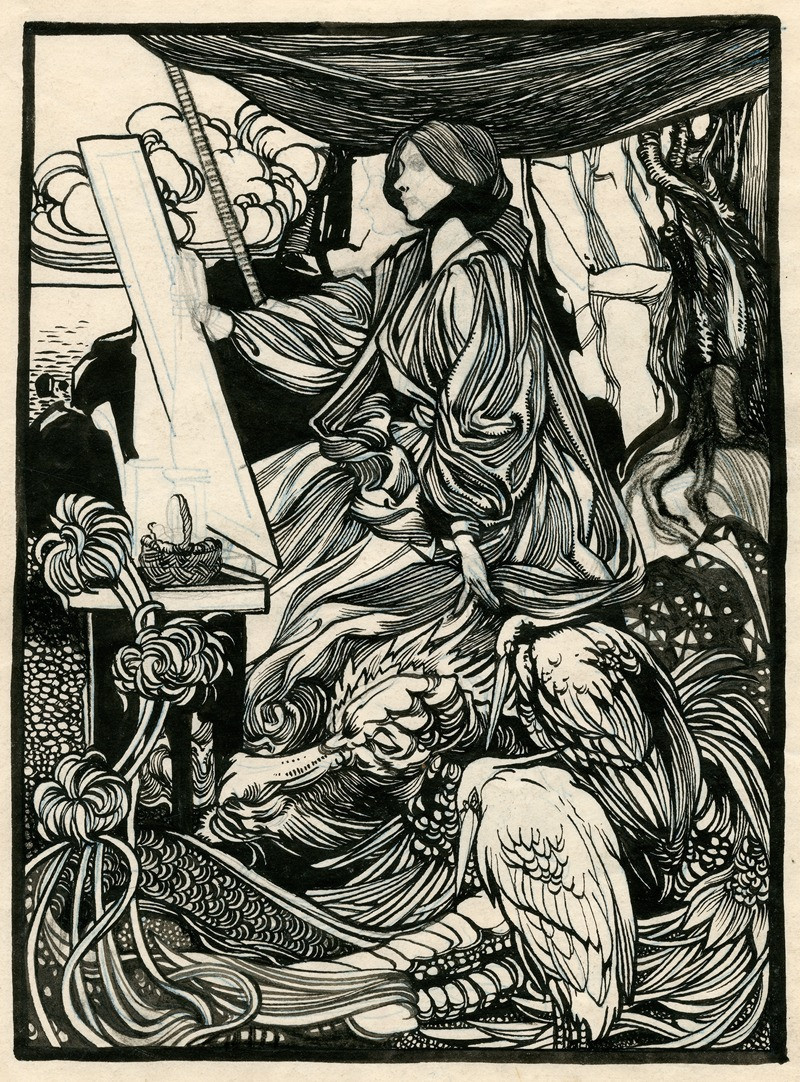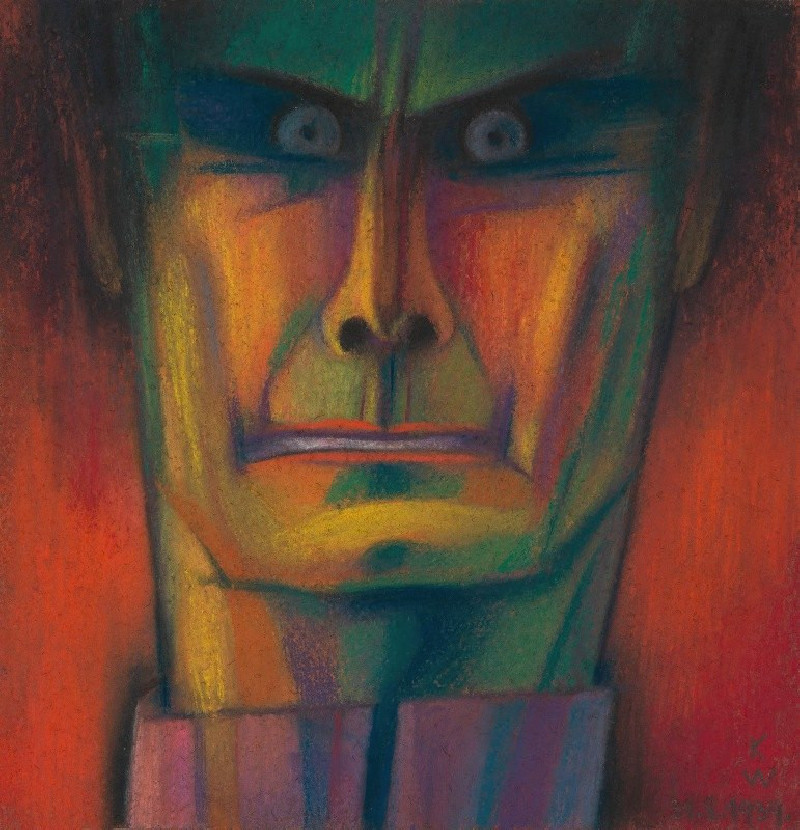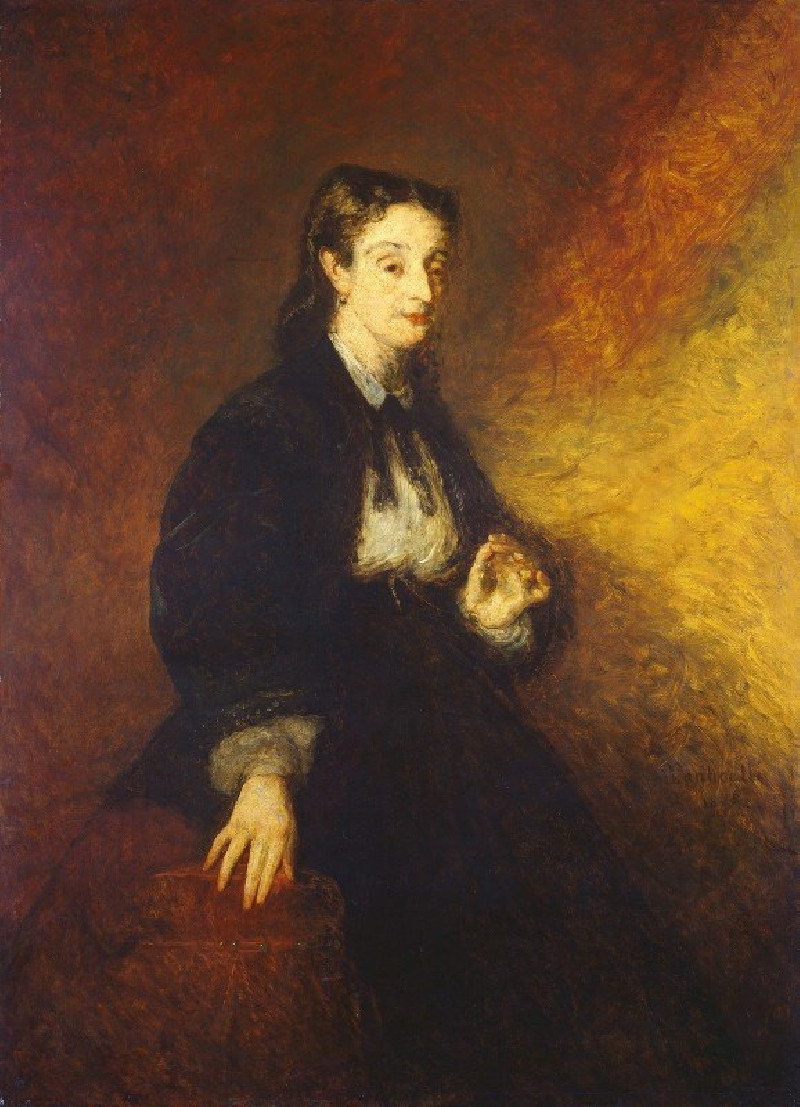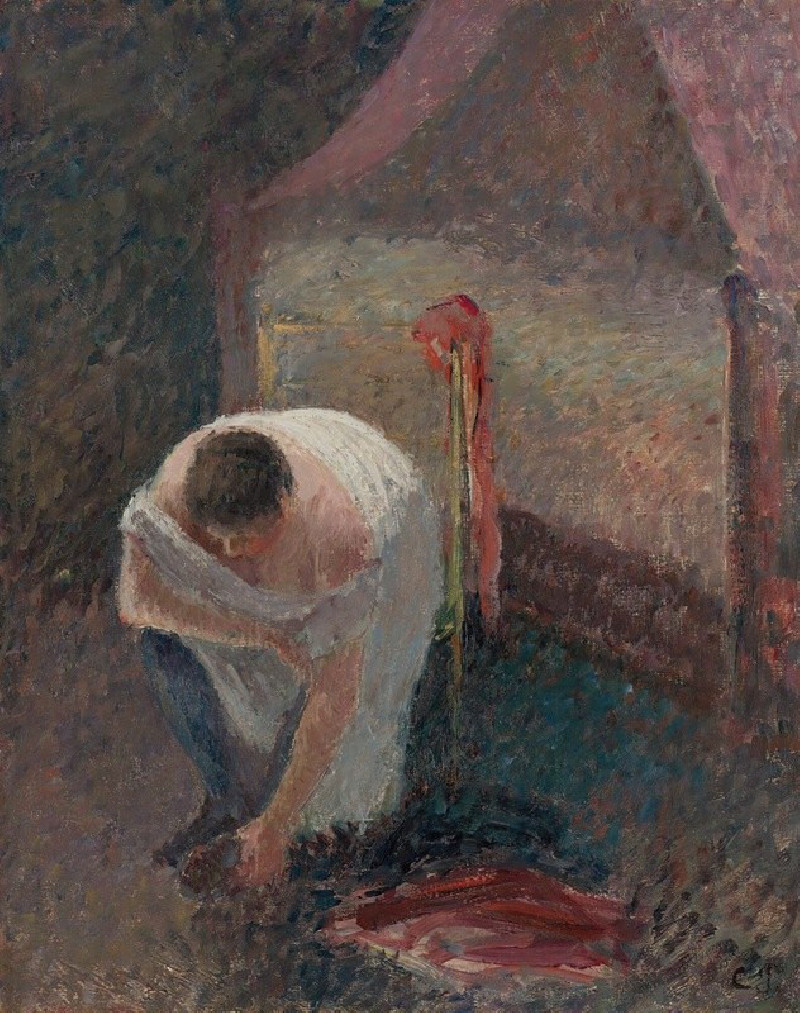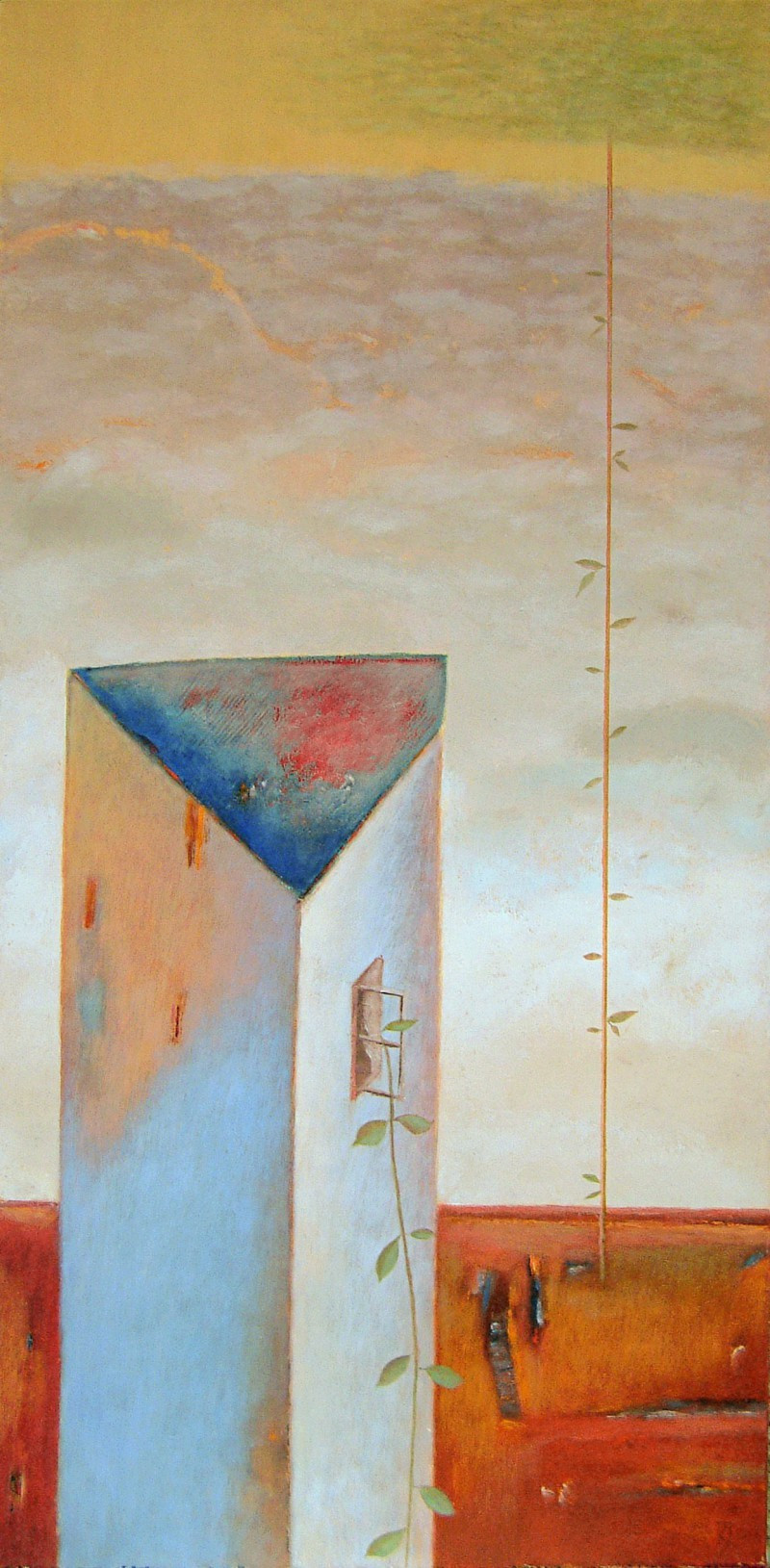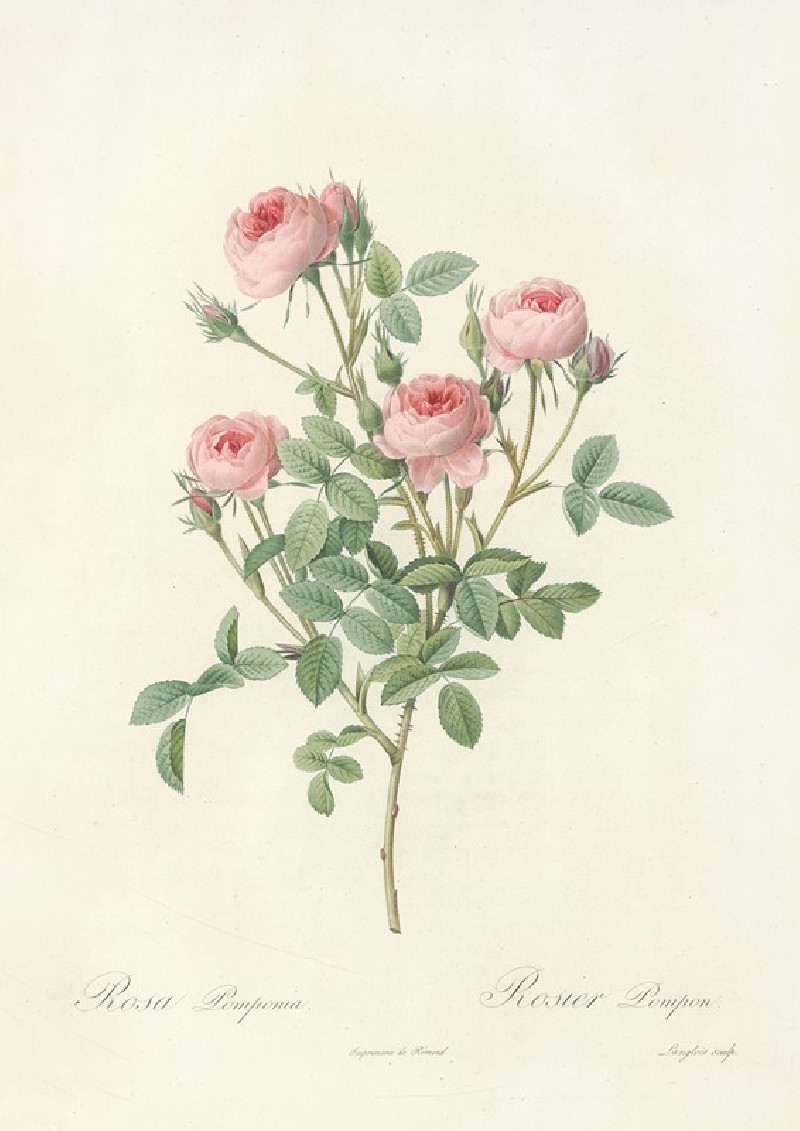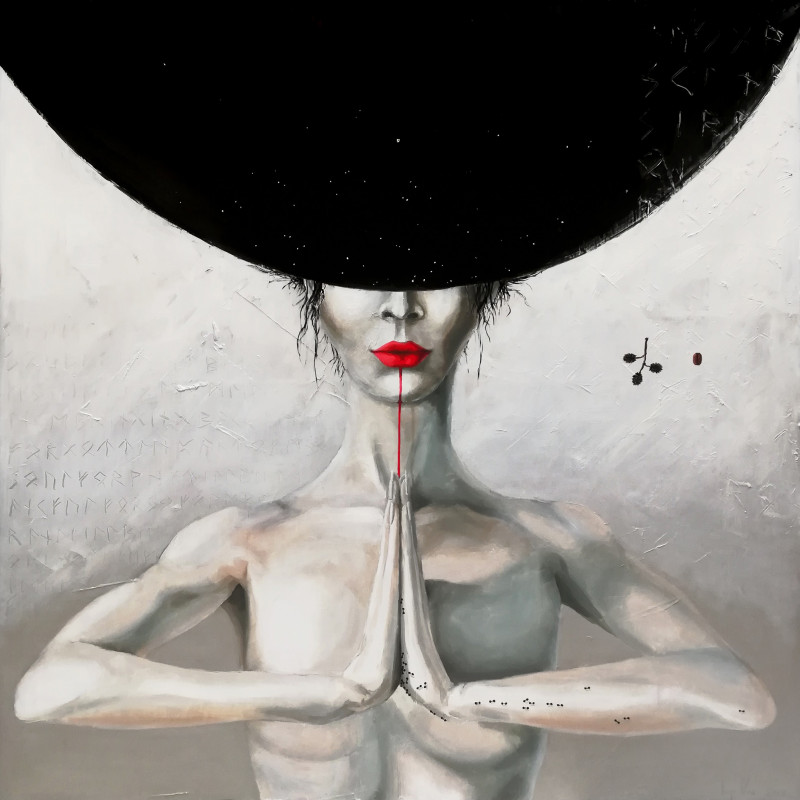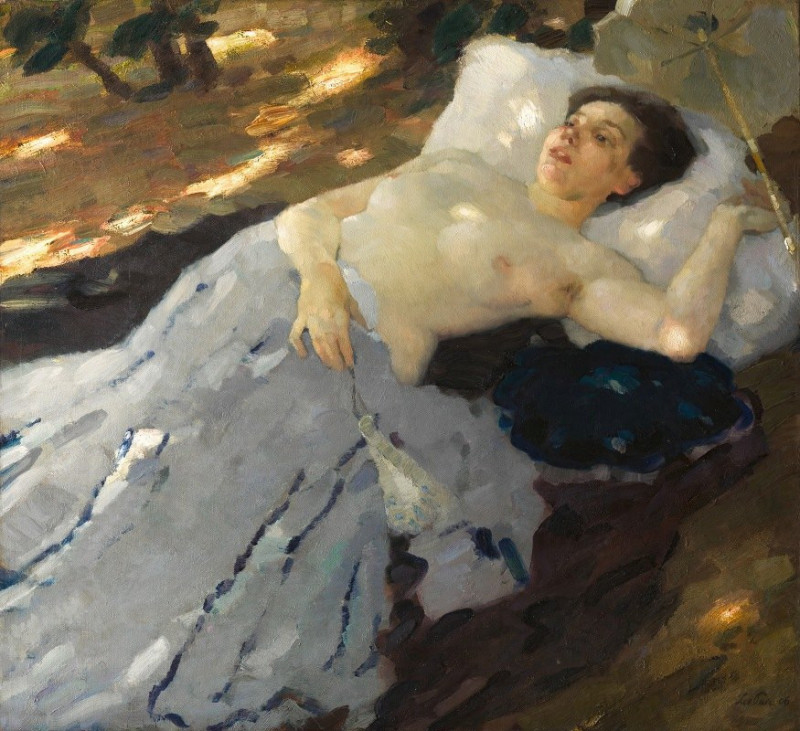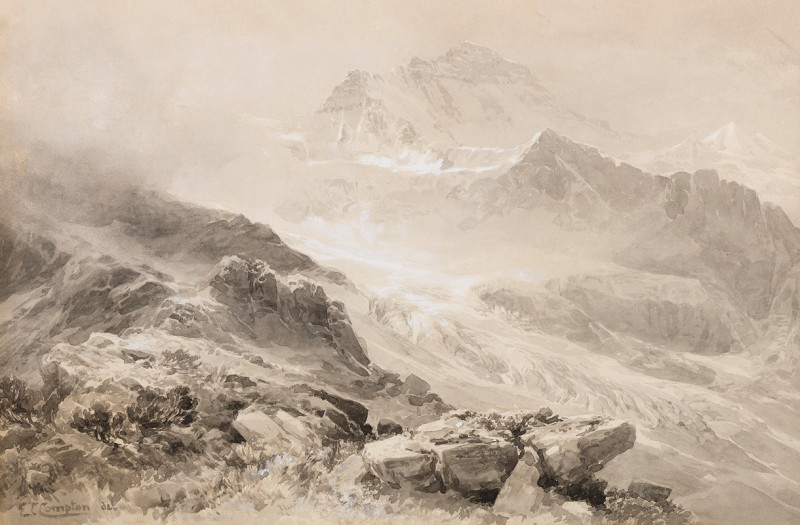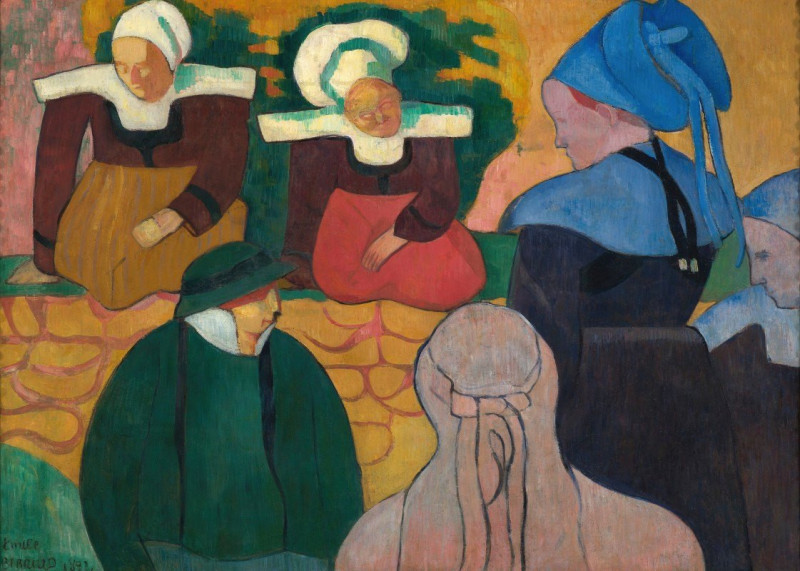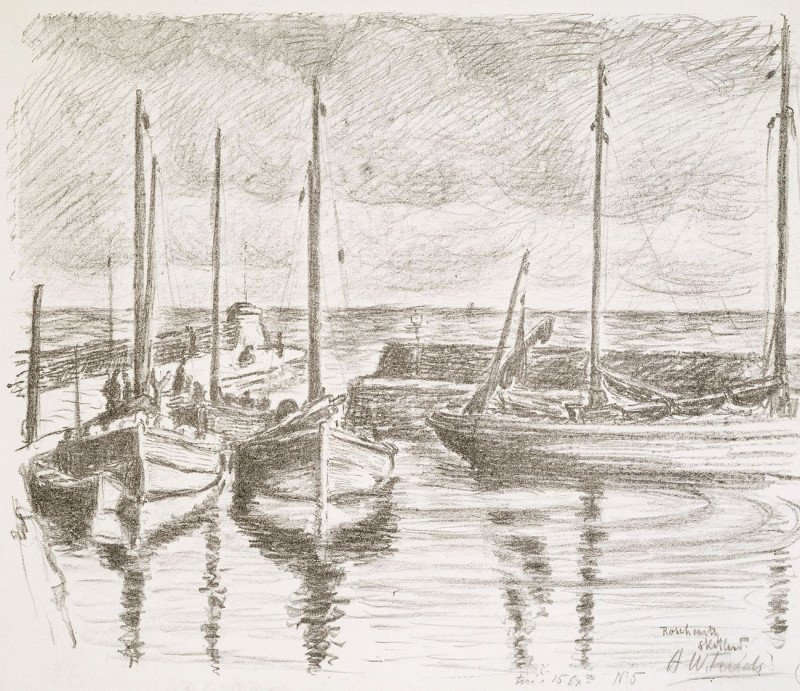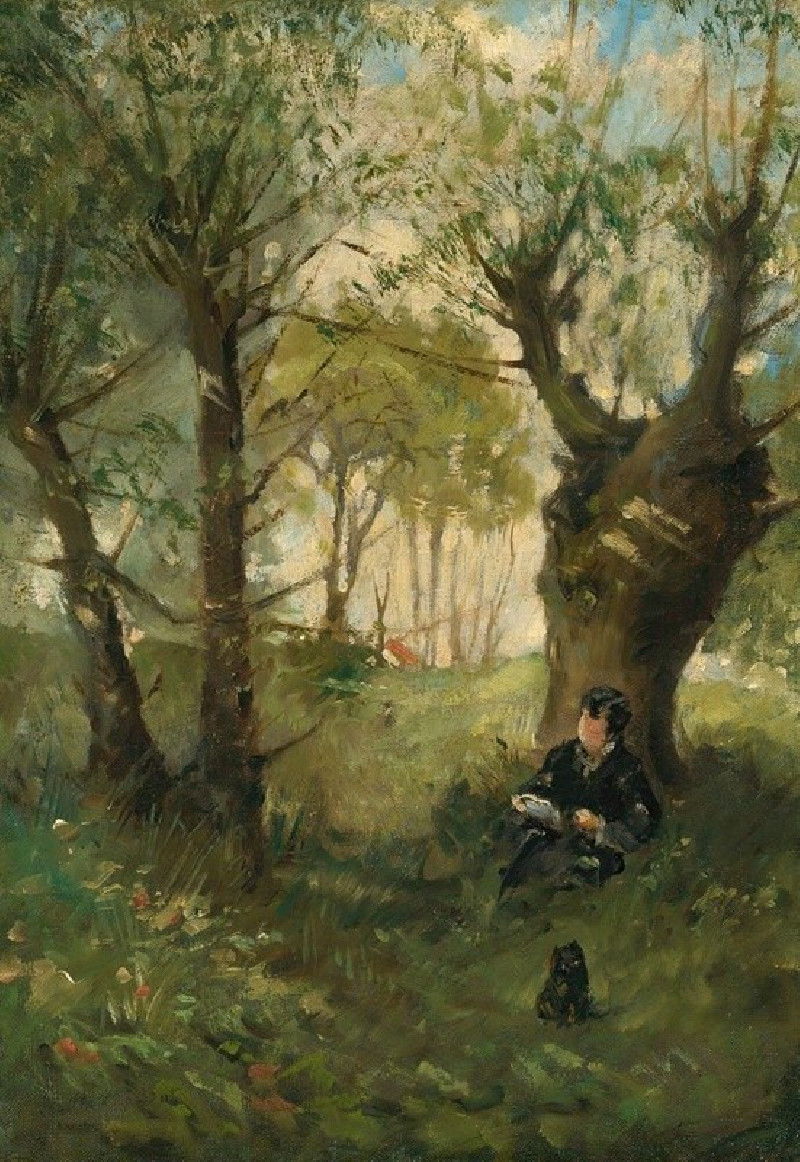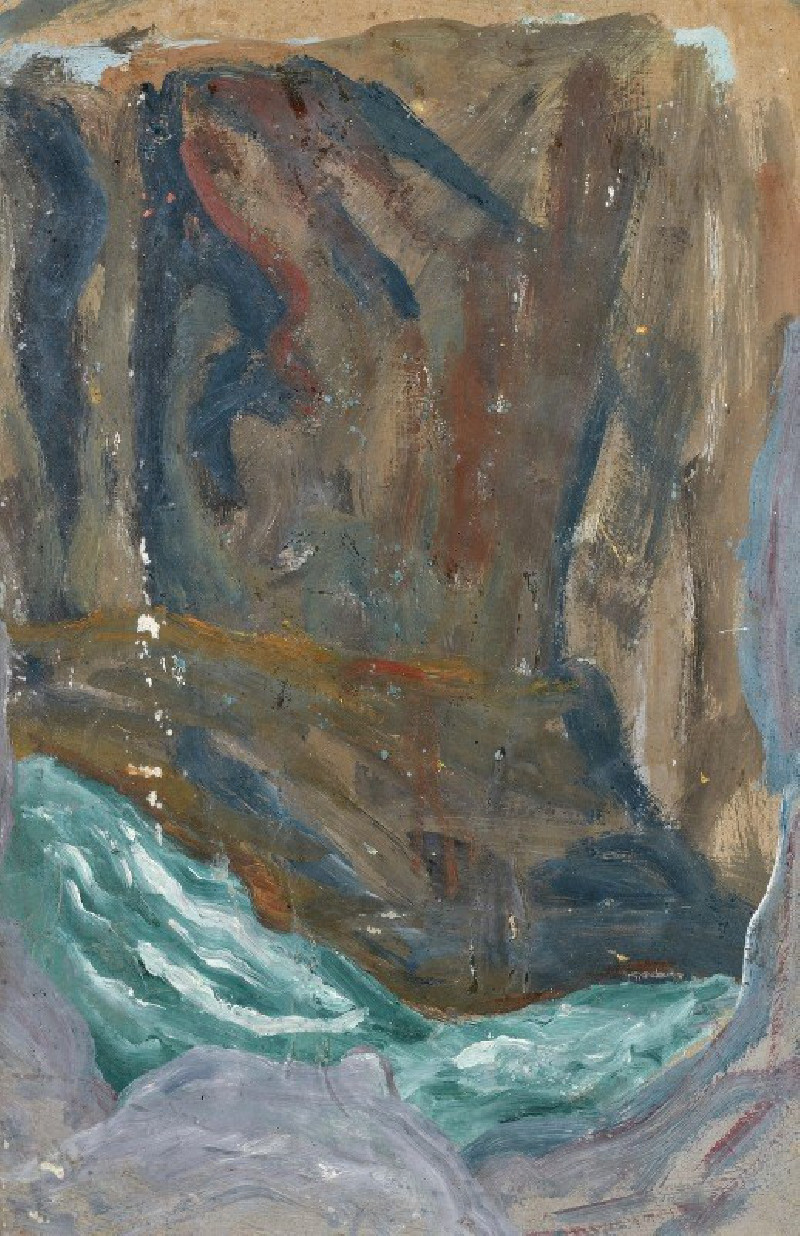Naakte man, musicerend, luisterende vrouw, vogels
Technique: Giclée quality print
Recommended by our customers
More about this artwork
This intriguing piece by Johannes Josephus Aarts, a Dutch painter and printmaker, captures a mystical and symbolic scene that stirs the imagination. At first glance, "Naakte man, musicerend, luisterende vrouw, vogels" envelops the viewer in a scene of raw emotion and stark contrast, created with heavy, expressive lines and a moody atmosphere.The painting features a central scene of a naked man, dynamically posed and engaged in playing a musical instrument, possibly a stringed instrument like a lute. His intense expression and the active stance suggest a passionate involvement in his music-making. To his side, a woman, her contours softly rendered compared to the man, appears to be listening intently. She leans forward slightly, drawn to the melodious sounds that fill the atmosphere, suggesting a deep emotional or psychological connection to the performer.Surrounding these human figures, birds are visible in the background, adding an element of nature and freedom that contrasts with the intensity of the human interaction. These birds may symbolize peace, transcendence, or the natural music that complements the man-made melody.The dramatic shading and stark contrasts in the artwork not only highlight the subjects but also imbue the scene with a sense of timeless intrigue. Aarts’ work invites viewers to delve deep into their thoughts on the relationship between man and nature, emotion and expression.This painting is a profound exploration of human and natural harmony, beautifully encapsulated through Aarts' distinctive printmaking technique.
Delivery
Returns
Johannes Josephus Aarts was a Dutch painter, illustrator, lithographer, engraver, etcher, writer, academic teacher and director, lecturer, sculptor and book-cover designer.
Jan Aarts received training in the Royal Academy of Art, The Hague. He was active there until 1911, and in Amsterdam from 1911 to 1934. Initially, until around 1900, Aarts worked above all on engravings. Thereafter he began to also use other graphic methods. In his work, one found depictions of farmworkers, dyke workers and later also tramps, beggars and invalids. Between 1920 and 1930 he produced mostly visionary work with apocalyptic scenes.




